I've begun this post about four different times now. And each time I've deleted everything, leaving me to just stare at the blinking cursor on the page.
And it's not because I disliked Berlin, or that I don't have anything to say about it. In fact, it's quite the opposite — I LOVED Berlin, and feel like I could write a whole month's worth of posts about this fascinating city and its history.
But the world doesn't really need another blog post about Hitler, does it?
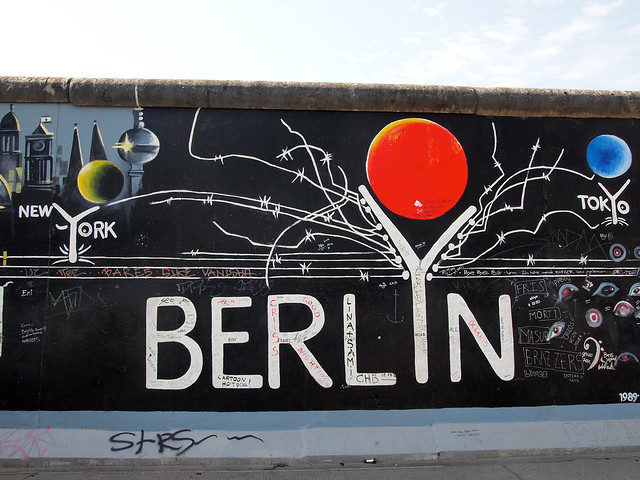
It's tricky, writing about Berlin.
How can I – an outsider – sum up where the city has been and where it is going in a few hundred words? The truth is, I can't.
Yes, I could rattle on about Berlin's history. About how the city was thrown into economic turmoil after WWI. How, by 1923, $1 was equal to about 4.2 billion Deutschmarks because of outrageous inflation. How the economic and political instability of the post-war Weimar Republic paved the way for Hitler and his extreme Nazi party to gain popularity. How the mysterious burning of the German Reichstag building in 1933 basically gave Hitler the power he needed to take over Germany.
How Berlin suffered during WWII, when 80% of the city center and 200,000 civilian lives were lost during the 10-day Battle of Berlin. How the city was divided between the East and West after the war in a way that, even today, it has not quite recovered from.
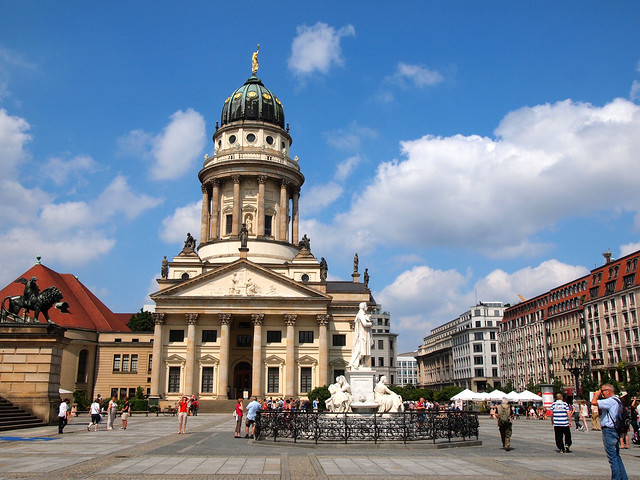
You probably already know a bit about this history; about Hitler and the Nazis, about the Soviets and the Berlin Wall. These are all things we learn about in school and see on History Channel specials – even in America.
But you don't really get it until you see Berlin for yourself.

Berlin is a scarred city, both physically and mentally. Some buildings still bear marks from that bloody 10-day battle in 1945 when 8 million rounds of ammunition were unloaded into them. And plenty of people bear scars here, too – but most of those are unseen to the naked eye.
“I would never, ever say that I am proud to be German,” Julia, my Urban Adventures guide, tells my small group as we sit on stones at the Memorial to the Murdered Jews of Europe. Someone in our group has just asked her if there is still guilt felt by the average German over the events of WWII. After some thought, this is how the 30-something responds.
Having grown up in West Berlin during the Cold War, Julia describes to us the typical education children received: plenty of lessons on the Third Reich and an emphasis on responsibility. The guilt isn't quite taught, she tells us, but it's almost implied.

Another tour guide I meet, Barnaby from Insider Tours, makes note of this, too. While not a native Berliner, Barnaby has worked as an English tutor to older Germans in the city.
“One man,” he says, “no matter what our conversation was about – the weather, football, whatever – would always find a way to slip in an apology about the war.”
Yes, Berlin has scars.
But scars imply that some healing has taken place. And I think it has.
While the older generation is still looking behind and feeling guilty for Germany's actions during WWII, and the Cold War generation is still feeling the sting of separation, Berlin's younger generation is clearly ready to move on.

The moving on will not take place overnight, of course. After all, it's only been a couple decades since the Berlin Wall was torn down and Germany was once again reunited after 28 years of intense separation.
But Berlin IS nevertheless making some massive strides forward.
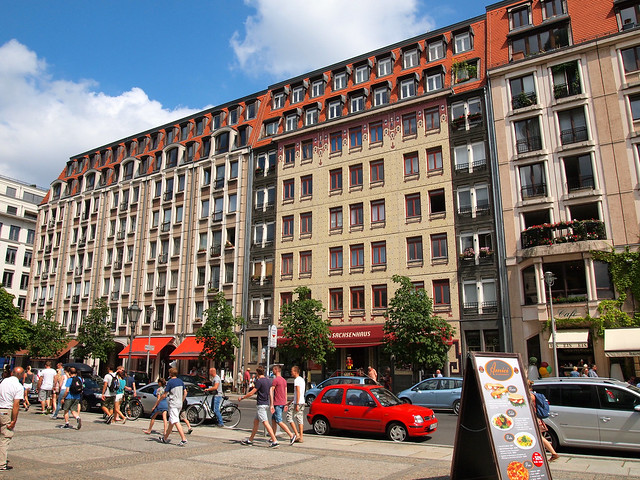
Walk down any street in Berlin and you will see signs of construction. Julia says there has always been a lot of construction in Berlin – even back before the wars – but I see it as almost symbolic. Berlin is rebuilding and reinventing itself.
This re-invention is thanks mostly to that younger generation I mentioned; the one that wants to remember and acknowledge Berlin's past, but that also want to move forward.
Head over to the hip and alternative Kreuzberg neighborhood to get a taste of Berlin's young, creative side. Hit up a beach bar or perhaps an underground warehouse rave. Take in vibrant street art, have a picnic in Görlitzer Park, and maybe even stumble upon an impromptu dance party at a U-Bahn station on a weekend night.
Visit these parts of Berlin, and you will realize that Berlin is much more than its past.
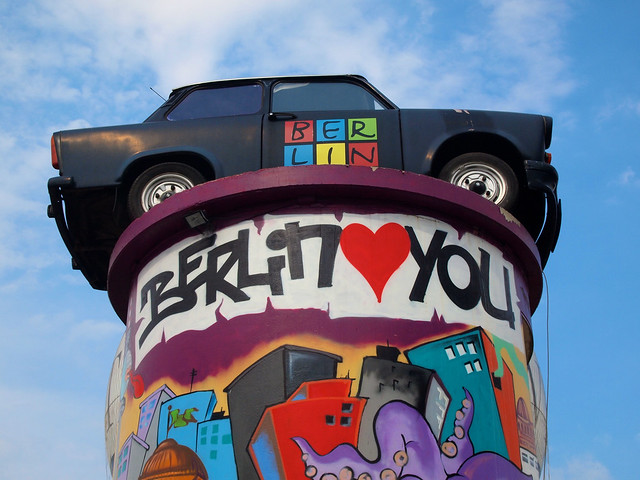
I still haven't quite found the right words to describe Berlin. Maybe the right words don't even exist – or at least don't exist yet.
All I can tell you is that yes, Berlin has been through a lot. And yes, many of its scars are still visible. But Berlin is going somewhere; somewhere interesting and exciting.
The city has a vibe to it that I immediately connected with, and I'm already looking forward to going back some day.
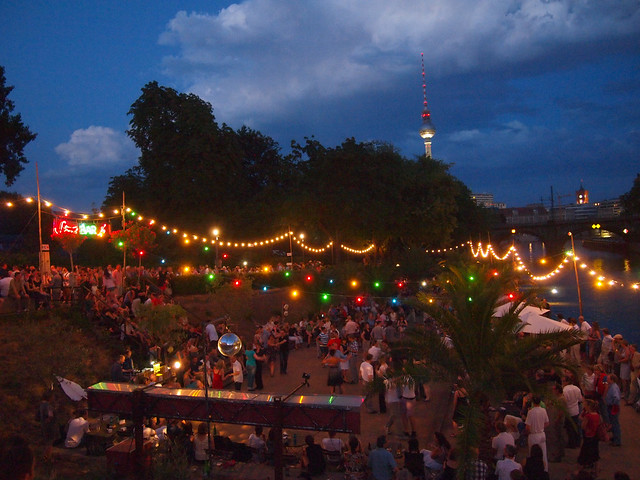
Have YOU been to Berlin? If so, what did you think of the city?
*Note: I visited Berlin as part of my Busabout trip around Europe. They provided me with transport on all 3 of their Europe loops, but all opinions of the destinations I visit are entirely my own! Additionally, the Urban Adventures tour I mentioned in this post (“Storyline of Berlin“) was also provided to me free of charge.
Comments
Post a Comment